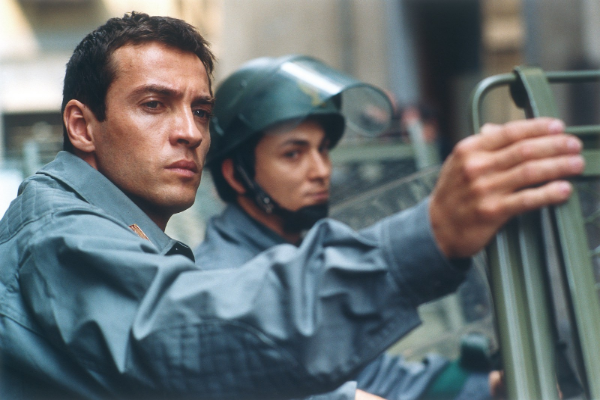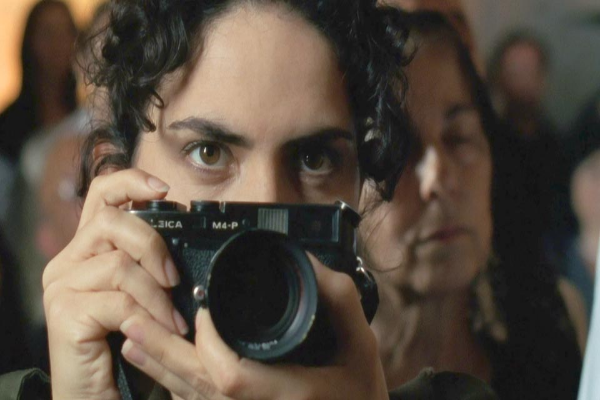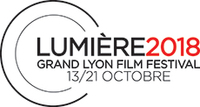The Best of Youth
A cinematographic marvel
POSTED ON OCTOBER 4, 2018
A riveting family saga spanning several decades, The Best of Youth is a subtle work of various twists and turns. Directed by Marco Tullio Giordana, the film celebrates its 15th anniversary this year and will be screened at Lumière in the presence of the filmmaker and his team. An event not to be missed.
After directing One Hundred Steps (the story of a young man refusing to join the mafia despite his family’s insistence, then making every effort to denounce the practices of the “octopus”), Marco Tullio Giordana is contacted in late 2001 by Angelo Barbagallo. The latter, a producer for Nanni Moretti (Caro Diario, The Son’s Room), suggests Giordana direct The Best of Youth, a series produced for the RAI. Reading the script by Sandro Petraglia and Stefano Rulli (two accomplished screenwriters who penned Who Killed Pasolini?), the filmmaker is seduced by this 35-year portrait of a generation of an Italian family and their inner circle. Moreover, though the project is for television, Giordana enjoys complete freedom to hire cast and collaborators, and is further exalted by the idea of directing a lengthy work (90 minutes x 4), a luxury the cinema cannot afford.

In terms of casting, Marco Tullio Giordana brings in Luigi Lo Cascio (already a leading actor in One Hundred Steps) and Alessio Boni (The Goodbye Kiss) to play brothers Nicola and Matteo Carati, close characters who will head in different directions (one becoming a psychiatrist, the other a police inspector). Many other artists are chosen with care by Giordana: Sonia Bergamasco (playing Giulia, Nicola's wife, who joins the Red Brigades), Adriana Asti (the matriarch of the Carati family), Jasmine Trinca (in the role of Giorgia, a young woman committed to a psychiatric clinic for a serious psychic disorder), with the same attention given to selecting the extras. The filmmaker tackles a long marathon, shooting nearly 240 different scenes over 24 weeks of filming all over Italy (Palermo, Florence, Venice...). He evokes - or sometimes sails straight through - important events of the past (the floods of Florence, the “Drawn-Out May " of 1968, the Red Brigades, the assassination of judges in Sicily by the mafia, and so on). Giordana is not interested in a mere historical slideshow, but prefers to focus on his fictional characters. His approach melds them into a single film.
Once completed, The Best of Youth is set to air on the RAI in February, but ends up deprogrammed, due to the arrival of Silvio Berlusconi in power and his desire to control public television. Giordana and his producer thus decide to present the film at the Cannes Film Festival in 2003, where it becomes part of the official selection. Shot in 16mm, it is projected in 35mm in its entirety, thanks to a transfer of digital media made for television. Critically acclaimed, The Best of Youth wins over the Croisette of Cannes, taking home the Un Certain Regard Prize, and is subsequently distributed in France, Germany, Holland, and the United States. Giordana had never imagined that a television series could turn into an extraordinary cinematic adventure. Italian television would finally broadcast the film over four evenings, as originally planned, in December of 2003.

Released in France in July of the same year in 2 parts, The Best of Youth enthralls a select audience (239,000 moviegoers, respectable nonetheless) with its daunting six-hour screening time. Giordana does not encroach on the turf of his elder masters, despite flashes of Luchino Visconti (La Terra Trema, Rocco and His Brothers), Marco Bellocchio (Fists in the Pocket) or Ettore Scola (in The Family or the disillusions of We All Loved Each Other So Much). The filmmaker brings a delicate imagery to these aging characters, who remain faithful to their past ideals. The Best of Youth is a work of rare elegance that establishes Marco Tullio Giordana as one of the great figures of modern Italian cinema. A status later confirmed with Once You're Born You Can No Longer Hide, Wild Blood and Lea.
The Best of Youth at the Lumière festival: click here.

